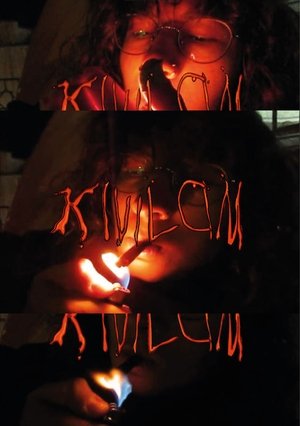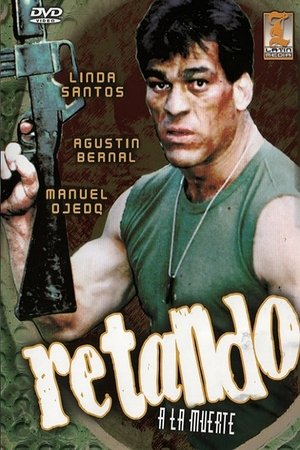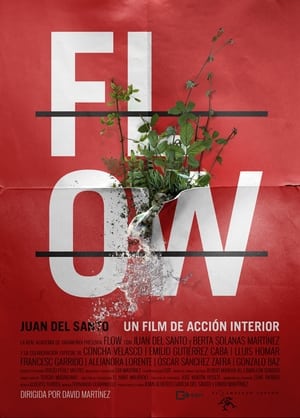
Chiefs(1968)
Filmed at the October 1968 meeting in Hawaii of several hundred police chiefs of the International Association of Chiefs of Police as they watch demonstrations of gruesome anti-riot weapons, sing patriotic songs, and defend their policies in front of the camera. Although filmed with the permission of the chiefs, the view is unsympathetic, sometimes funny, and more often frightening.
Movie: Chiefs

Chiefs
HomePage
Overview
Filmed at the October 1968 meeting in Hawaii of several hundred police chiefs of the International Association of Chiefs of Police as they watch demonstrations of gruesome anti-riot weapons, sing patriotic songs, and defend their policies in front of the camera. Although filmed with the permission of the chiefs, the view is unsympathetic, sometimes funny, and more often frightening.
Release Date
1968-12-26
Average
7.2
Rating:
3.6 startsTagline
Genres
Languages:
EnglishKeywords
Recommendations Movies
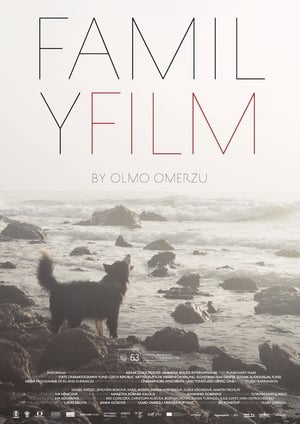 6.7
6.7Family Film(cs)
A couple embark on an early vacation. Left alone, their children cut loose until the boy gets caught for skipping school and things take an unexpected turn. Boasting exquisite camera work, the film is also unforgettable for its wholly original ending.
 4.4
4.4Smosh: The Movie(en)
An embarrassing video of Anthony surfaces online right before his fifth high school reunion. The Smosh dudes then race to pull down the clip before it blows Anthony's chances of reconnecting with his teen crush Anna.
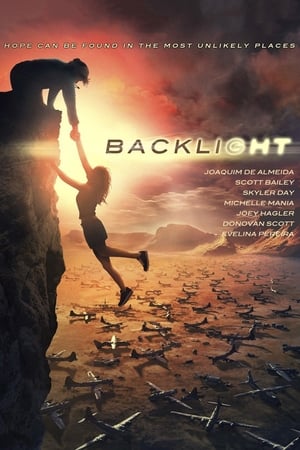 6.2
6.2Backlight(en)
Several characters who are each at critical stages of their lives are strangely impelled towards an uncharted lake in the middle of the desert where they all have the opportunity to save each other.
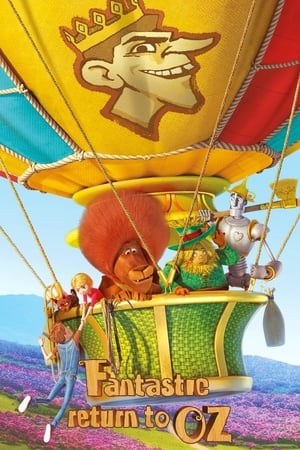 5.4
5.4Fantastic Return to Oz(ru)
A year to the day after Dorothy and the people of the Emerald City defeated Urfin Jus, the villain is trying to exact his revenge. To command the army of Carraci, however, Urfin needs not only the magic book, but also Dorothy’s silver slippers. The slippers are safely hidden away in Dorothy’s house. Unfortunately, Dorothy’s guest, Tim, is overcome by curiosity and picks up the shoes, accidentally transporting himself, Dorothy and the slippers to the Land of Oz. The Emerald City and its citizens are in danger once again.
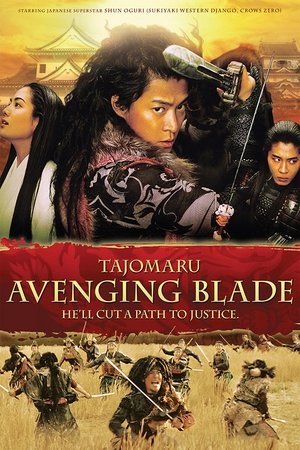 7.1
7.1Tajomaru: Avenging Blade(ja)
TAJOMARU is the famous 'bandit' of the forest from RASHOMON. Whoever kills Tajomaru inherits his name, status and sword. A royal brother leaves his kingdom to protect the princess he loves, only to find a series of harrowing adventures along the way which lead him back to where he came from, and then disinheriting his past to become the bandit TAJOMARU.
 4.7
4.7A Christmas Story Live!(en)
A live broadcast of the Broadway hit "A Christmas Story: The Musical" in which Ralphie wishes for nothing more than a Red Rider BB Gun for Christmas.
 6.1
6.1xXx: Return of Xander Cage(en)
Xander Cage is left for dead after an incident, though he secretly returns to action for a new, tough assignment with his handler Augustus Gibbons.
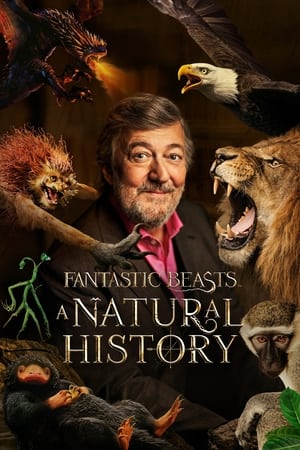 7.0
7.0Fantastic Beasts: A Natural History(en)
Stephen Fry embarks on a journey to discover the stories behind some of the world's most fantastic beasts that have inspired myths and legends in history, story-telling and film.
 4.0
4.0Bajrangbali(hi)
Bhagwan Shri Bajrangbali has had super-natural powers at a very young age which includes swallowing the sun, lifting mountains, just to name a few. Bajrangbali has always regarded the skies and universe as his playground and could leap and fly around at will. Bajrangbali makes it his duty to serve Bhagwan Shri Ram all days in his life. He will make this comes to light when Ram's wife, Devi Maa Sita, has been kidnapped by Shivbakht Ravan, and is being held captive in far off Lanka.
 6.5
6.5Urotsukidōji III: Return of the Overfiend(ja)
As the Overfiend slumbers, the mad emperor Caesar rises to power, enslaving a new race of demon beasts. Into this cruel existence is born the Lord of Chaos, the Overfiend's nemesis. As the blood-thirsty beasts capture the tyrant's daughter in a brutal coup, the Overfiend must awaken to an apocalyptic battle of the Gods.
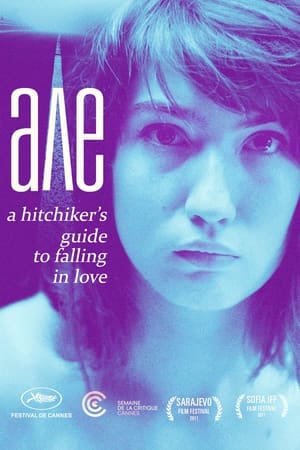 6.8
6.8Avé(bg)
While hitchhiking from Sofia to Ruse, Kamen meets Avé, a 17-year-old runaway girl. With each ride they hitch, Avé invents new identities for them, and her compulsive lies get Kamen deeper and deeper into trouble. Reluctantly drawn into this adventure, Kamen begins to fall in love with the fleeting Avé.
King of Fools(en)
A frog tries to impress a shapely gazelle by transforming into various animals, each with a different attempted appeal.
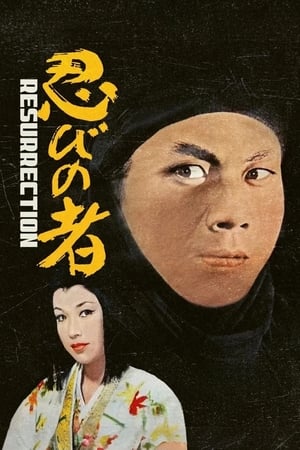 7.0
7.0Shinobi no Mono 3: Resurrection(ja)
[Period covered: 1595-1600] We last saw ninja Ishikawa Goemon, as he was about to be boiled alive. But a good ninja is both hard to find, and even harder to kill. With the help of the enigmatic Hattori Hanzo, Goemon lives to skulk another day, and sets his sights on bringing down the warlord who tried to turn him into soup – Toyotomi Hideyoshi. And as always, in the background, the suble hand of Tokugawa Ieyasu is pulling strings as he plots to rule all of Japan!
 8.0
8.0Nixon Newell: First Female of Fight Club(en)
Since 2013, Nixon Newell has travelled the world as a professional wrestler. This is the story of her goodbye to independent wrestling.
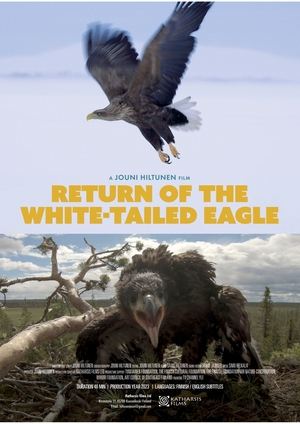 9.1
9.1Return of the White-tailed Eagle(fi)
The documentary Merikotkan paluu (Return of the white-tailed eagle), tells the tale of the past and the present of the white-tailed eagle. The second protagonist of the film is the human - the animal that can be blamed for the eagles’ distress but also credited for its rescue.
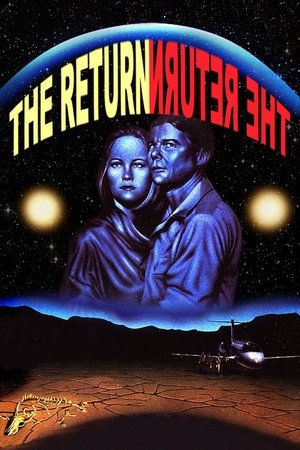 5.9
5.9The Return(en)
Two young children and an adult in a small town have an encounter with an alien spaceship. 25 years later the children are reunited as adults in the same town which is now beset by strange cattle mutilations. Matters become worse when the cattle mutilations are joined by human murders and mutilations.
Similar Movies
 6.7
6.7Workers Leaving the Lumière Factory(fr)
Working men and women leave through the main gate of the Lumière factory in Lyon, France. Filmed on 22 March 1895, it is often referred to as the first real motion picture ever made, although Louis Le Prince's 1888 Roundhay Garden Scene pre-dated it by seven years. Three separate versions of this film exist, which differ from one another in numerous ways. The first version features a carriage drawn by one horse, while in the second version the carriage is drawn by two horses, and there is no carriage at all in the third version. The clothing style is also different between the three versions, demonstrating the different seasons in which each was filmed. This film was made in the 35 mm format with an aspect ratio of 1.33:1, and at a speed of 16 frames per second. At that rate, the 17 meters of film length provided a duration of 46 seconds, holding a total of 800 frames.
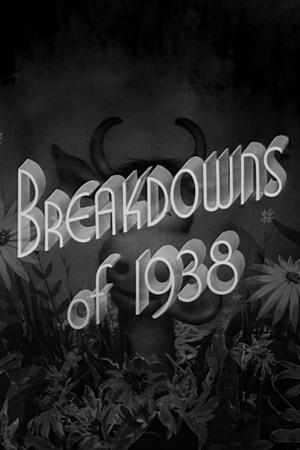 5.0
5.0Breakdowns of 1938(en)
Flubs and bloopers that occurred on the set of some of the major Warner Bros. pictures of 1938.
 7.1
7.1The Arrival of a Train at La Ciotat(fr)
A group of people are standing along the platform of a railway station in La Ciotat, waiting for a train. One is seen coming, at some distance, and eventually stops at the platform. Doors of the railway-cars open and attendants help passengers off and on. Popular legend has it that, when this film was shown, the first-night audience fled the café in terror, fearing being run over by the "approaching" train. This legend has since been identified as promotional embellishment, though there is evidence to suggest that people were astounded at the capabilities of the Lumières' cinématographe.
 0.0
0.0Axolotl(es)
Through a choral diversity of testimonies, the documentary explores the myth of the axolotl, transporting us from the story of a chinampero whose lifestyle reflects the environmental decay of Mexico City, to the efforts of a group of scientists racing against the consequences of the extinction of our symbols and ecological heritage.
The Angela Murray Gibson Experience(en)
In the 1920s, Angela Murray Gibson chose an unusual location to embark on a career in silent filmmaking: her tiny hometown of Casselton, North Dakota. She had previously helped Mary Pickford as an advisor and assistant director on The Pride of the Clan (1917), which Mary Pickford produced and starred in. She opened North Dakota's first movie studio, and she had the audacity to be a woman in an industry dominated by men.
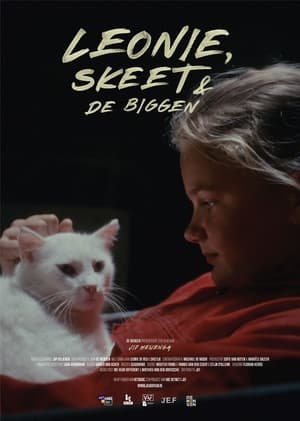 10.0
10.0Leonie, Skeet and the piglets(nl)
Leonie’s dream is to become a pig farmer, just like her parents. She wanders happily around the farm, helping out in any way possible. She tends to the pigs, and is present from the fertilisation of the sows to the moment the truck leaves for the slaughterhouse. The family farm teaches her about the circle of life. However, new laws on nitrogen emissions have undermined the economic viability of the farm, and bankruptcy looms. Together with her cat Skeet, Leonie watches the last pigs disappear from the farm, and she realises that her dream of becoming a pig farmer might not come true.
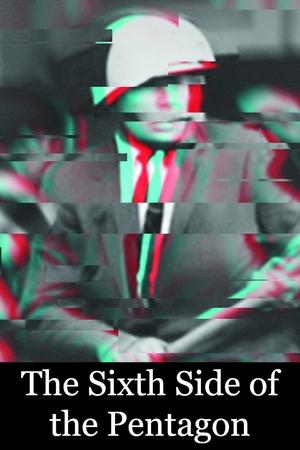 6.0
6.0The Sixth Side of the Pentagon(fr)
On October 21, 1967, over 100,000 protestors gathered in Washington, D.C., for the Mobilization to End the War in Vietnam. It was the largest protest gathering yet, and it brought together a wide cross-section of liberals, radicals, hippies, and Yippies. Che Guevara had been killed in Bolivia only two weeks previously, and, for many, it was the transition from simply marching against the war, to taking direct action to try to stop the 'American war machine.' Norman Mailer wrote about the events in Armies of the Night. French filmmaker Chris Marker, leading a team of filmmakers, was also there.
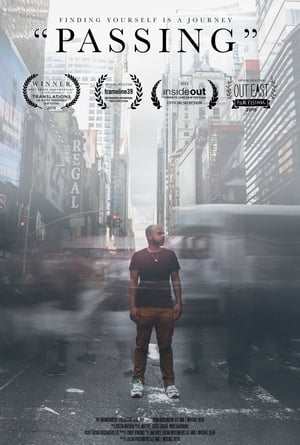 7.0
7.0Passing(en)
A short documentary profiling the lives of three transgender Black men, exploring what life is like living as a Black man when no one knows you are transgender, and their journeys with gender in the years since they transitioned.
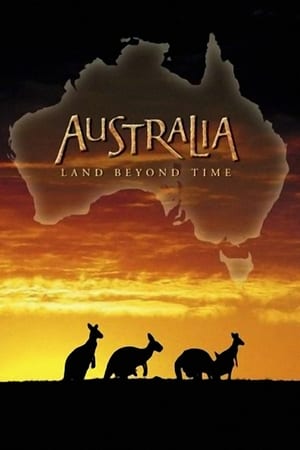 7.5
7.5Australia: Land Beyond Time(en)
Australia: Land Beyond Time takes viewers on a breathtaking journey back in time to witness the birth and evolution of a mysterious land that harbors remnants of Earth's earliest life and many of it's strangest creatures that exist nowhere else on the planet.
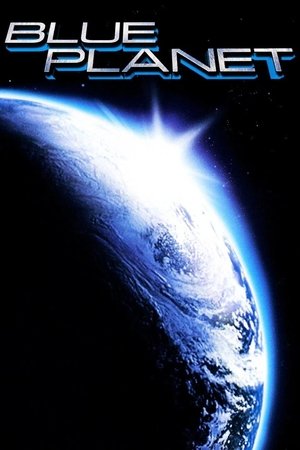 5.9
5.9Blue Planet(en)
From the unique vantage point of 200 miles above Earth's surface, we see how natural forces - volcanoes, earthquakes and hurricanes - affect our world, and how a powerful new force - humankind - has begun to alter the face of the planet. From Amazon rain forests to Serengeti grasslands, Blue Planet inspires a new appreciation of life on Earth, our only home.
 5.8
5.8The Long Shadow of Dirty Harry(en)
An in-depth look at Dirty Harry (1971), featuring interviews with such film artists as Michael Madsen, 'Hal Holbrook', John Milius, 'Shane Black' and John Badham.
 5.2
5.2Carmencita(xx)
The first woman to appear in front of an Edison motion picture camera and possibly the first woman to appear in a motion picture within the United States. In the film, Carmencita is recorded going through a routine she had been performing at Koster & Bial's in New York since February 1890.
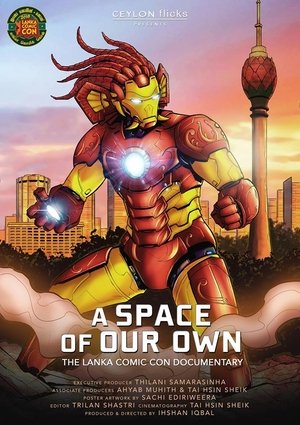 10.0
10.0A Space of Our Own - The Lanka Comic Con Documentary(en)
A Documentary about the Lanka Comic Con, history of how it started, and its community.
 7.5
7.5A Fire(fa)
The National Iranian Oil Company (NIOC), formed upon nationalization of the British Anglo-Iranian Oil Company, employed film systematically, producing many films on oil and petrochemical subjects. It also made films depicting Iran's progress and modernization, highlighting the role of the Shah and NIOC in that direction. Under its auspices, Ebrahim Golestan directed A FIRE (1961), a highly visual treatment of a seventy-day oil well fire in the Khuzestan region of southwestern Iran. This film was edited by the Iranian poet Forough Farrokhzad and won two awards at the Venice Film Festival in 1961.
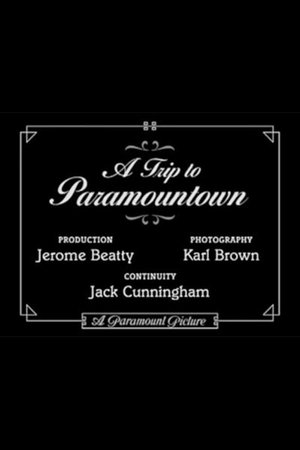 7.3
7.3A Trip to Paramountown(en)
Documentary short film depicting the filmmaking activity at the Paramount Studios in Hollywood, featuring dozens of stars captured candidly and at work.
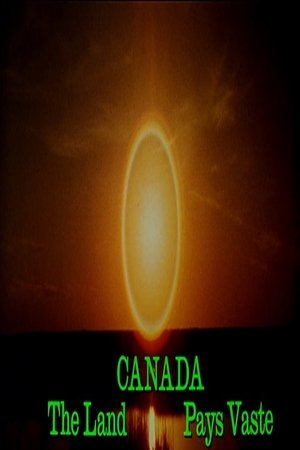 6.3
6.3Canada the Land(en)
Filmed for the most part from a low-flying aircraft, this documentary short presents a breathtaking view of Canada from coast to coast. Showing the varied terrain, from craggy coast to towering glacier, the film illustrates Canada’s pristine wilderness as well as today's industrial and urban realities. Canada the Land was specially commissioned for the Canada Pavilion at the Osaka World Fair in 1970.
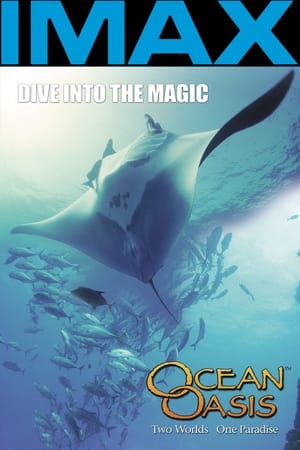 6.3
6.3Ocean Oasis(en)
Ocean Oasis is a fascinating journey into the bountiful seas and pristine deserts of two remarkably different, but inextricably linked worlds — Mexico's Sea of Cortés and the Baja California desert.
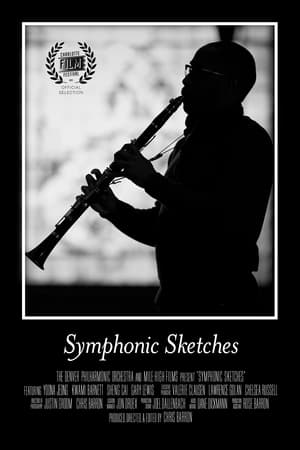 0.0
0.0Symphonic Sketches(en)
“Symphonic Sketches” tells the story of one classical music concert performed by the Denver Philharmonic Orchestra. Musicians from diverse racial backgrounds connect to the repertoire in unique ways and stage an unforgettable performance.
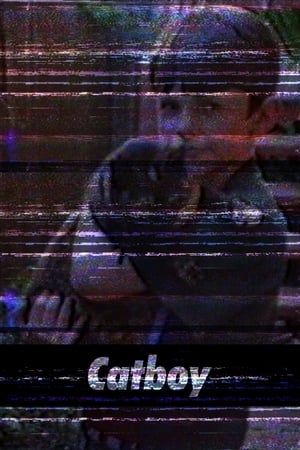 0.0
0.0Catboy(en)
A short documentary where director Dave Jackson digs into his catboy past and life after Cat Sick Blues.
